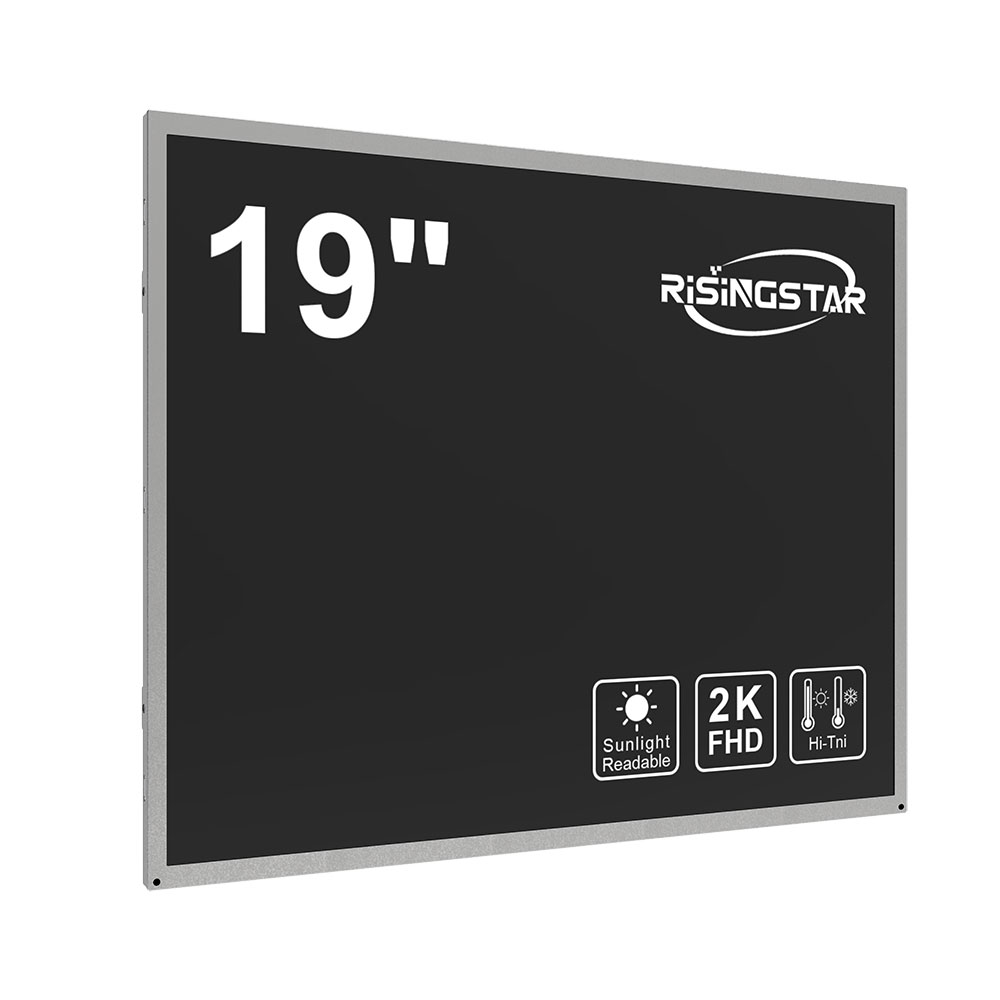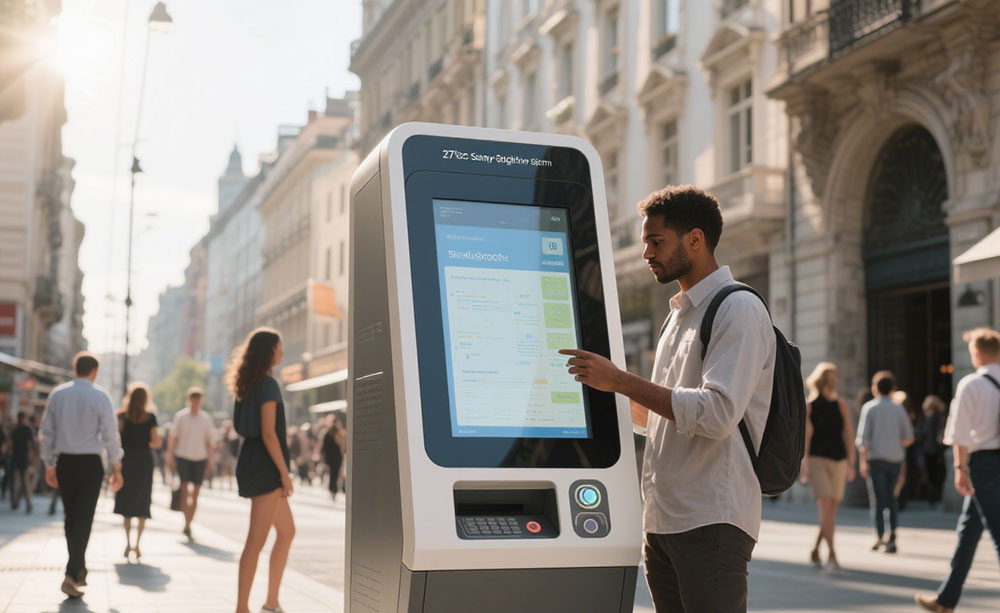Outdoor LCD screens have become essential tools in modern urban infrastructure, offering dynamic visual communication across diverse environments—from digital billboards and transit information displays to retail kiosks and public safety signage. These displays are engineered for durability, visibility, and performance under extreme weather conditions, making them ideal for 24/7 operation in sunlight, rain, or snow.
One of the most significant advantages of outdoor LCD screens is their high brightness capability, typically exceeding 5,000 nits—far above indoor displays—to ensure legibility even in direct sunlight. This is achieved through advanced LED backlighting and anti-glare coatings, as per the IEC 62305 standards for outdoor electronic equipment. Additionally, these screens often feature IP65 or higher ingress protection ratings, shielding internal components from dust and water ingress, a critical factor for long-term reliability in coastal or industrial zones.
Practical applications span multiple sectors. In transportation hubs like airports and train stations, outdoor LCDs deliver real-time flight/train updates, enhancing passenger experience and operational efficiency. In retail, they serve as interactive product showcases, increasing dwell time and conversion rates—studies by Nielsen show a 30% uplift in engagement when digital signage is used effectively. Public spaces such as city squares use them for emergency alerts, event promotions, and civic messaging, demonstrating their role in smart city initiatives.
Despite their robust design, common problems include thermal management issues during summer heatwaves and image retention or burn-in due to static content display. Manufacturers now address this with intelligent pixel-shifting algorithms and thermal sensors that adjust brightness dynamically based on ambient temperature—a solution backed by recent innovations from Samsung Display and LG Electronics.

The latest trend is the adoption of Mini-LED and Micro-LED technologies, which offer superior contrast ratios, energy efficiency, and longer lifespans compared to traditional LCDs. For example, Sony’s Crystal LED outdoor panels have been deployed in major stadiums and airports globally, proving their resilience and image quality. Moreover, integration with AI-powered content management systems allows for real-time analytics, enabling advertisers to optimize content delivery based on foot traffic patterns—an emerging area of interest in the digital signage industry.
With growing demand for sustainable solutions, manufacturers are also focusing on reducing power consumption and using recyclable materials. The European Union’s Ecodesign Directive mandates energy-efficient lighting in outdoor displays, pushing innovation in low-power modes and solar-powered options—a shift that aligns with global climate goals.
In summary, outdoor LCD technology continues to evolve rapidly, balancing performance, durability, and sustainability. Whether for advertising, public information, or smart infrastructure, these screens are no longer just displays—they are intelligent, adaptive platforms shaping how cities and brands engage with audiences.








